
Carlo Rovelli is an Italian theoretical physicist and writer who has worked in Italy, the United States and, since 2000, in France. He is also currently a Distinguished Visiting Research Chair at the Perimeter Institute, and core member of the Rotman Institute of Philosophy of Western University. He works mainly in the field of quantum gravity and is a founder of loop quantum gravity theory. He has also worked in the history and philosophy of science. He collaborates with several Italian newspapers, including the cultural supplements of the Corriere della Sera, Il Sole 24 Ore and La Repubblica. His popular science book, Seven Brief Lessons on Physics, was originally published in Italian in 2014. It has been translated into 41 languages and has sold over a million copies worldwide. In 2019, he was included by Foreign Policy magazine in a list of 100 most influential global thinkers.
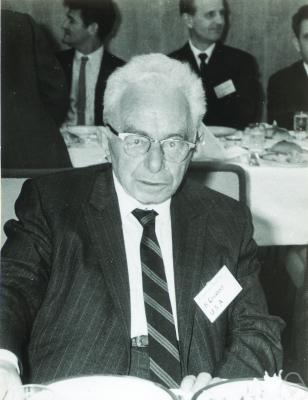
Richard Courant was a German American mathematician. He is best known by the general public for the book What is Mathematics?, co-written with Herbert Robbins. His research focused on the areas of real analysis, mathematical physics, the calculus of variations and partial differential equations. He wrote textbooks widely used by generations of students of physics and mathematics. He is also known for founding the institute now bearing his name.
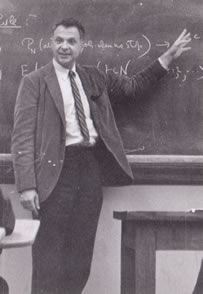
Herbert Ellis Robbins was an American mathematician and statistician. He did research in topology, measure theory, statistics, and a variety of other fields.
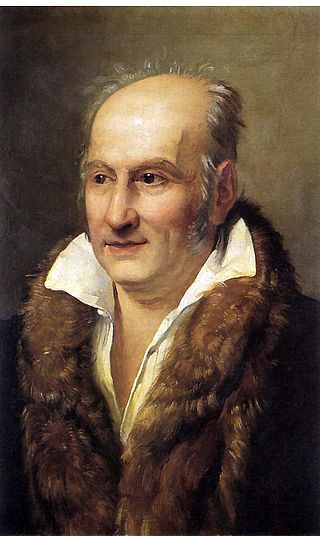
Gian Domenico Romagnosi was an Italian philosopher, economist and jurist.
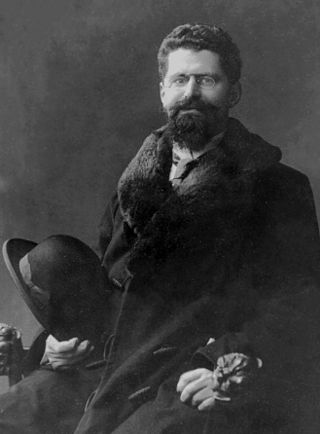
Francesco Severi was an Italian mathematician. He was the chair of the committee on Fields Medal on 1936, at the first delivery.
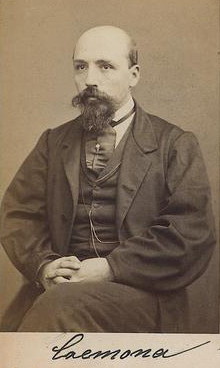
Antonio Luigi Gaudenzio Giuseppe Cremona was an Italian mathematician. His life was devoted to the study of geometry and reforming advanced mathematical teaching in Italy. He worked on algebraic curves and algebraic surfaces, particularly through his paper Introduzione ad una teoria geometrica delle curve piane, and was a founder of the Italian school of algebraic geometry.

Piergiorgio Odifreddi is an Italian mathematician, logician, student of the history of science, and popular science writer and essayist, especially on philosophical atheism as a member of the Italian Union of Rationalist Atheists and Agnostics. He is philosophically and politically near to Bertrand Russell and Noam Chomsky.

Guido Stampacchia was an Italian mathematician, known for his work on the theory of variational inequalities, the calculus of variation and the theory of elliptic partial differential equations.

The Beauty of Fractals is a 1986 book by Heinz-Otto Peitgen and Peter Richter which publicises the fields of complex dynamics, chaos theory and the concept of fractals. It is lavishly illustrated and as a mathematics book became an unusual success.

Gaetano Fichera was an Italian mathematician, working in mathematical analysis, linear elasticity, partial differential equations and several complex variables. He was born in Acireale, and died in Rome.

Enzo Martinelli was an Italian mathematician, working in the theory of functions of several complex variables: he is best known for his work on the theory of integral representations for holomorphic functions of several variables, notably for discovering the Bochner–Martinelli formula in 1938, and for his work in the theory of multi-dimensional residues.
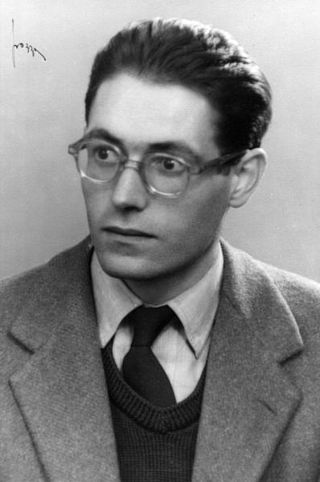
Aldo Andreotti was an Italian mathematician who worked on algebraic geometry, on the theory of functions of several complex variables and on partial differential operators. Notably he proved the Andreotti–Frankel theorem, the Andreotti–Grauert theorem, the Andreotti–Vesentini theorem and introduced, jointly with François Norguet, the Andreotti–Norguet integral representation for functions of several complex variables.

Alessandro Figà Talamanca is an Italian mathematician who has been given several prestigious tasks, both in Italy and abroad. Several times, he took part in managing the Italian University system, and shared his opinions in newspapers, such as La Repubblica. He was a close friend of Carlo Pucci, a mathematician who spent most of his energy in improving the method of teaching maths in Italy, and the management of Italian Maths Departments. From 1995 to 2003, Figà Talamanca, successor to Pucci, was President of the Istituto, and he continued what Pucci had set up. He was also Vice-President of the European Mathematical Society.
Federico Cafiero was an Italian mathematician known for his contributions in real analysis, measure and integration theory, and in the theory of ordinary differential equations. In particular, generalizing the Vitali convergence theorem, the Fichera convergence theorem and previous results of Vladimir Mikhailovich Dubrovskii, he proved a necessary and sufficient condition for the passage to the limit under the sign of integral: this result is, in some sense, definitive. In the field of ordinary differential equations, he studied existence and uniqueness problems under very general hypotheses for the left member of the given first order equation, developing an important approximation method and proving a fundamental uniqueness theorem.

Emma Castelnuovo was an Italian mathematician and teacher of Jewish descent.
Gianfranco Cimmino was an Italian mathematician, working mathematical analysis, numerical analysis, and theory of elliptic partial differential equations: he is known for being the first mathematician generalizing in a weak sense the notion of boundary value in a boundary value problem, and for doing an influential work in numerical analysis.
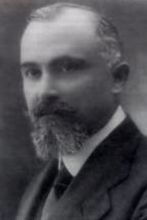
Orazio Tedone was an Italian mathematical physicist. He is perhaps best known for the Larmor–Tedone formulae for solving Maxwell's equations.

Onorato Nicoletti was an Italian mathematician.
Umberto Bottazzini is an Italian historian of mathematics, writing on the history of mathematics and the foundations of mathematics.

Franca D'Agostini is an Italian philosopher.

















